Translated and Edited
with an Introduction by
James Mallinson and Mark Singleton
ROOTS OF YOGA
Contents
PENGUIN

CLASSICS
ROOTS OF YOGA
JAMES MALLINSON is Senior Lecturer in Sanskrit and Classical Indian Civilization at SOAS, University of London. His research focuses on the yoga tradition, in particular the texts, techniques and practitioners of traditional . He has edited and translated several texts on hahayoga from its formative period, the eleventh to fifteenth centuries CE, and published encyclopedia entries and journal articles on yogas history. His primary research methods in addition to philology are ethnography and art history. He has spent several years living with traditional Hindu ascetics and yogis in India and was honoured with the title of mahant by the Ramanandi Sampradaya at the 2013 Kumbh Mela festival. He is currently leading a five-year, six-person research project at SOAS on the history of hahayoga, funded by the European Research Council, whose outputs will include ten critical editions of key texts on hahayoga.
MARK SINGLETON is Senior Research Fellow in the department of Languages and Cultures of South Asia, SOAS, University of London, where he works with James Mallinson on the Indian and transnational history of hahayoga. He taught for six years at St Johns College (Santa Fe, New Mexico), and was a Senior Long-Term Research Scholar at the American Institute of Indian Studies, based in Jodhpur (Rajasthan, India). He was a consultant and catalogue author for the 2013 exhibition Yoga: The Art of Transformation at the Smithsonian Institute in Washington, DC, and has served as co-chair of the Yoga in Theory and Practice Group at the American Academy of Religions. He is a manager of the Modern Yoga Research website. His research focuses on the tensions between tradition and modernity in yoga, and the transformations that yoga has undergone in recent centuries in response to globalization. He has published book chapters, journal articles and encyclopedia entries on yoga, several edited volumes of scholarship, and a monograph entitled Yoga Body: The Origins of Modern Posture Practice. His current work involves the critical editing and translation of three Sanskrit texts of hahayoga and new research on the history of physical practices that were incorporated into or associated with yoga in pre-colonial India.
Note on the Reference System and Diacritics
The translated passages are numbered sequentially from the beginning to the end of the book, and are referred to in the introductions by these numbers, which are given in bold type. In cases where the chapter arrangement is entirely chronological, the first number indicates the chapter and the second the translation itself. So, for example, 3.4 denotes Chapter 3, translation 4. In cases where the chapters are arranged thematically, the first number indicates the chapter, the second the thematic section, and the third the translation. So, for example, 6.2.1 denotes Chapter 6, section 2, translation 1.
Historically, Sanskrit has been written using many different scripts. Since the advent of printing, the most common of these, especially in northern India, has been Devangar ( ). It is important to understand, however, that these scripts are not Sanskrit itself but systems for representing its sounds. The Roman alphabet (used for writing English and other European languages) cannot represent the full range of sounds in Sanskrit, and so we must add diacritical marks to certain letters. In this book we follow the conventions of the International Alphabet of Sanskrit Transliteration (IAST), which allows for the lossless representation of the Sanskrit syllabary in Roman script.
). It is important to understand, however, that these scripts are not Sanskrit itself but systems for representing its sounds. The Roman alphabet (used for writing English and other European languages) cannot represent the full range of sounds in Sanskrit, and so we must add diacritical marks to certain letters. In this book we follow the conventions of the International Alphabet of Sanskrit Transliteration (IAST), which allows for the lossless representation of the Sanskrit syllabary in Roman script.
| 15001000 BCE | Vedas (g, Sma, Yajur and Atharva) (V) |
| 1000700 BCE | Brhmaas (V) |
| 700500 BCE | Bhadrayaka and Chndogya Upaniads (V) |
| 3rd century BCE | Kaha Upaniad (V) |
| 1st century BCE | Cavedalla Sutta (BC), Saccavibhaga Sutta (BC), Satipahna Sutta (BC), Muaka Upaniad (V) |
| 1st century CE | Mahbhrata ntiparvan (E) completed |
| 2nd century CE | Rmyaa (E) completed, Pupatastra (T) |
| 3rd century CE | Mahbhrata (E) completed, Manusmti (HL) |
| 4th century CE | Vaieikastra (HP), Sthngastra (J), Patajalis Yogastra, Pacrthabhya (T) |
| 5th century CE | Visuddhimagga (B) |
| 6th century CE | vetvatara Upaniad (V), Padrthadharmasagraha (HP), Vaikhnasadharmastra (HL) |
| 6th10th century CE | Early Tantras: Nivsatattvasahit (T), Vikha (T), Vairocanbhisabodhistra (BT), Majuriyamlakalpa (BT), Brahmaymala (T), Hevajra (BT), Jayadrathaymala (T), Mgendra (T), Kiraa (T), Parkhya (T), Matagapramevara (T), Sarvajnottara (T), Siddhayogevarmata (T), Mlinvijayottara (T), Svacchanda (T), Netra (T), Kaulajnaniraya (T), Kubjikmata (T), Vimnrcankalpa (VT), Pdmasahit (VT) |
| 7th10th century CE | Early Puras: Skanda, Vyu, Krma (inc. varagt), Liga, Bhgavata, Mrkaeya |
| 8th century CE | Tantravrttika (HP), Brahmastrabhya (HP), Ptajalayogastravivaraa (HP) |
| 9th century CE | Spandakrik (T) |
| 10th century CE | Vijnabhairava (T), Paramokanirsakrikvtti (T) |
| 11th century CE | Hemacandras Yogastra (J), Chos drug gi man ngag zhes bya ba (BT), Spandasadoha (T), Amtasiddhi (H), Kathsaritsgara (E), Vimalaprabh (T) |
| 12th century CE | Vajravrh Sdhana (BT), Viusahit (VT), Amanaska (H), radtilaka (T) |
| 13th century CE | Sagtaratnkara (T), Vasihasahit (H), Candrvalokana (H), Matsyendrasahit (T), Vivekamrtaa (H), Gorakaataka (H), Datttreyayogastra (H), Jnevar (H) |
| 14th century CE | Tirumantiram (T), Aparoknubhti (HP), Yogatrval (H), akaradigvijaya (VA), Amaraughaprabodha (H), Yogabja (H), Khecarvidy (H), ivasahit (H), Gorakavijaya (E), rgadharapaddhati (HC), Jvanmuktiviveka (VA), Lallvkyni (T), Rela of Ibn  (T) (T) |
| 15th century CE | ivayogapradpik (H), Rtsa rlung gsang bai lde mig (BT), Hahapradpik (H), aw al-ayt (H), Mahklasahit (T) |
| 16th century CE | |


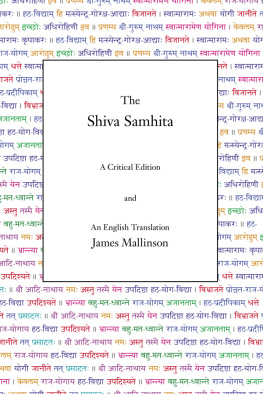
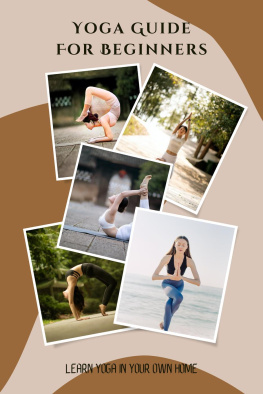
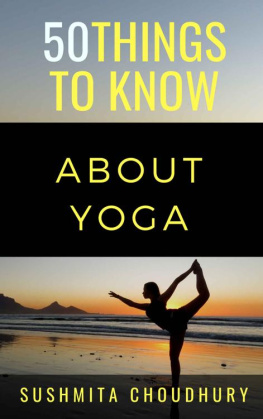
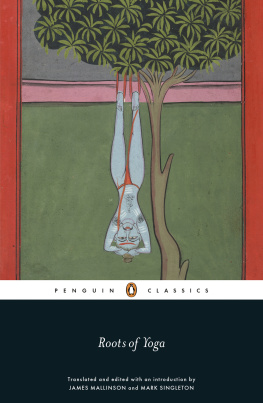
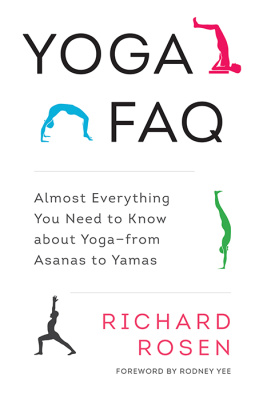
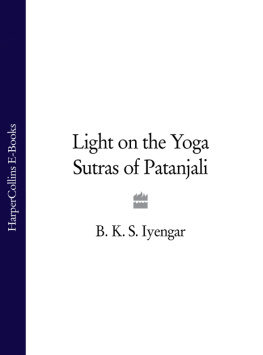


 CLASSICS
CLASSICS ). It is important to understand, however, that these scripts are not Sanskrit itself but systems for representing its sounds. The Roman alphabet (used for writing English and other European languages) cannot represent the full range of sounds in Sanskrit, and so we must add diacritical marks to certain letters. In this book we follow the conventions of the International Alphabet of Sanskrit Transliteration (IAST), which allows for the lossless representation of the Sanskrit syllabary in Roman script.
). It is important to understand, however, that these scripts are not Sanskrit itself but systems for representing its sounds. The Roman alphabet (used for writing English and other European languages) cannot represent the full range of sounds in Sanskrit, and so we must add diacritical marks to certain letters. In this book we follow the conventions of the International Alphabet of Sanskrit Transliteration (IAST), which allows for the lossless representation of the Sanskrit syllabary in Roman script. (T)
(T)